Circa 2021
Mapping of the global potential of atmospheric water harvesting using solar energy shows that it could provide safely managed drinking water for a billion people worldwide based on climate suitability.
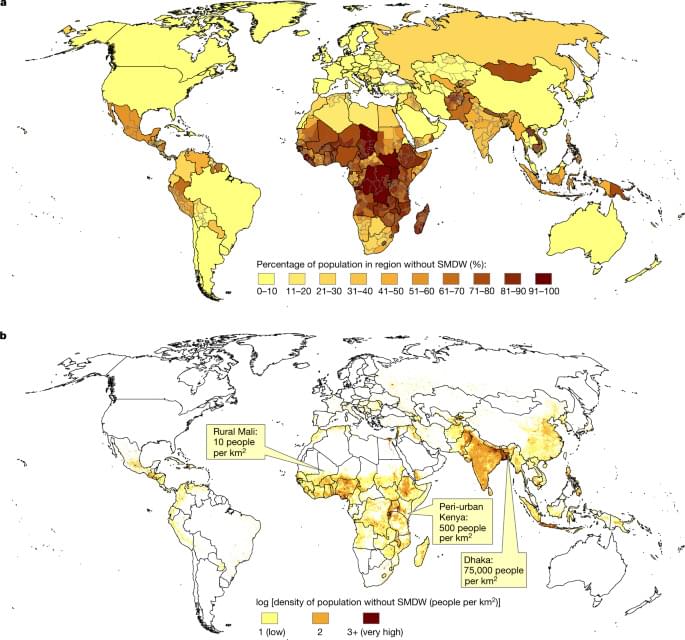
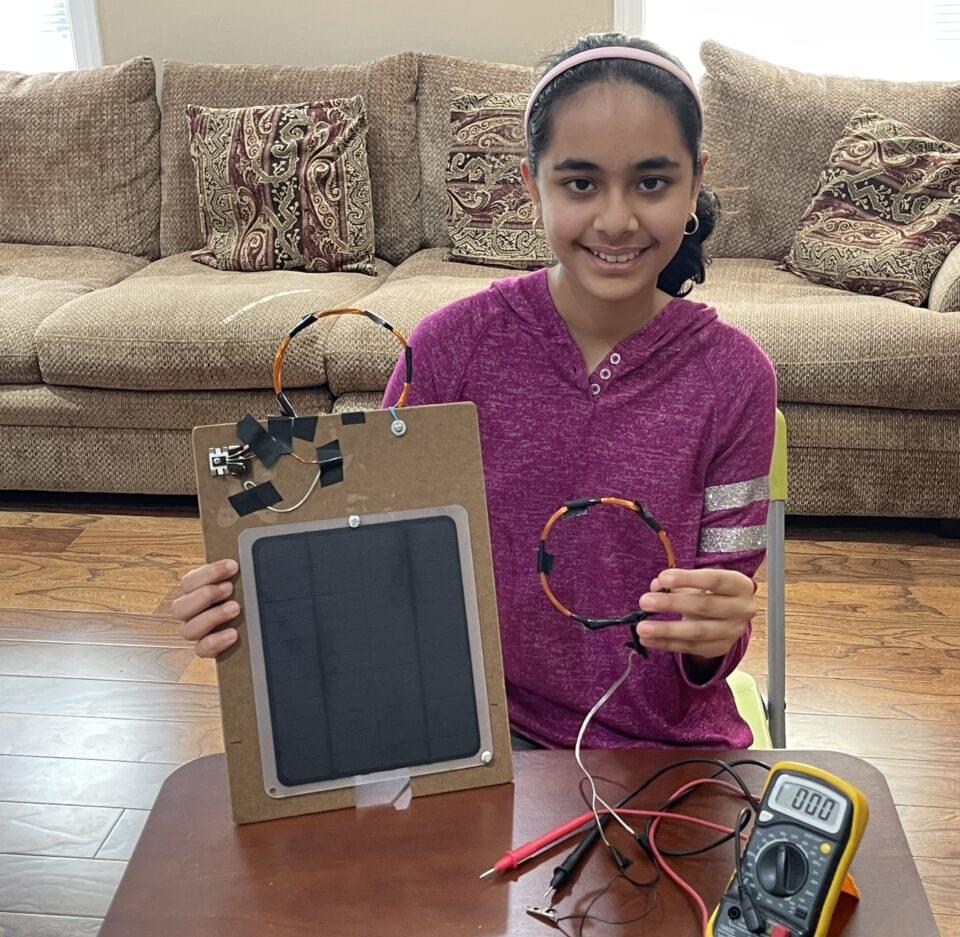
While renewable energy sources like wind and solar have become more common across the United States, fossil fuels remain the main source of energy. According to the U.S. Information Administration’s (EIA) International Energy Outlook 2021 (IEO2021), the global supply of fossil fuels and biofuels is expected to adequately meet global demands for liquid fuel through 2050. Renewable energy technologies have improved to become more efficient and less costly, however most renewable energies are unable to provide a constant supply of energy.
This issue inspired Shriya Tailor, a middle school student from Duluth, Georgia, to find a constant renewable energy supply that created energy at all hours of the day and in any weather condition.
She looked to space for this solution, leading her to design a prototype for a “Solar Energy Station.” Shriya says the station, made of solar cells, would need to be around 50 miles away from earth for the energy waves to be transmitted back to earth via electromagnetic fields, then collected by an antenna and converted back to electricity. Consisting of a small solar panel, switching circuit, and transmitting and receiving coils, Shriya’s prototype allowed her to test her process here on earth.
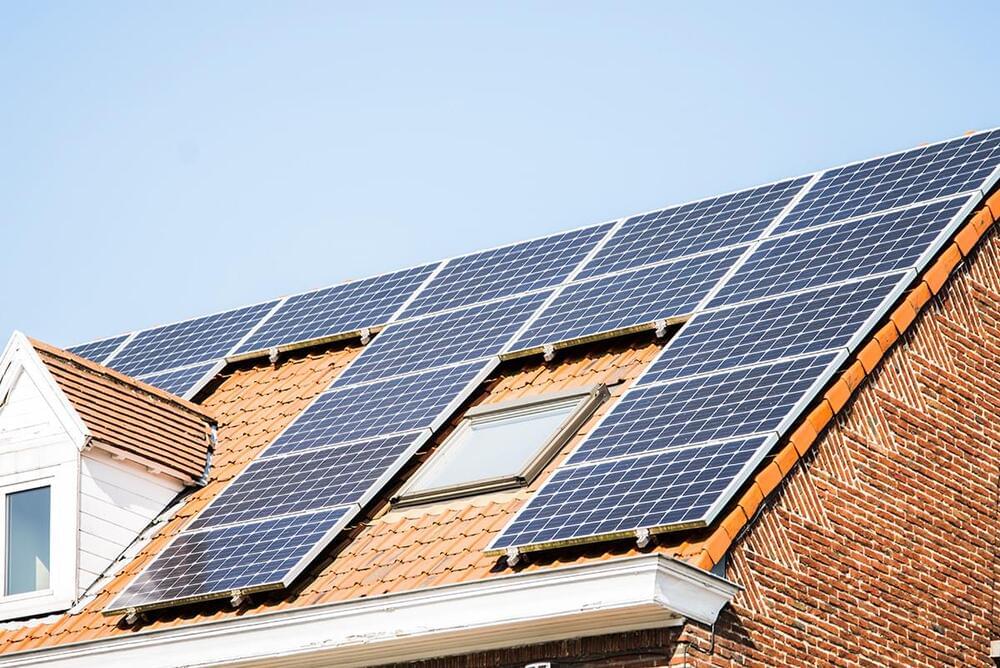
How do you power a super advanced alien civilization? Soak up a star.
We harness the power of the sun using solar panels. What if you were to scale this idea to astronomical proportions? Surround an entire star with solar-collecting structures or satellites to power your sprawling alien galactic empire. Such massive structures are known as megastructures—in this case a “Dyson sphere.” We are already trying to detect possible megastructures in space using the dimming of a star and the glow of megastructure components in infrared light. But recent research provides a new detection method—a Dyson sphere may cause its host star to swell and cool.

Power companies are having to come to terms with the high cost difference between maintaining poles and wires and installing hybrid power systems at the ends of the long power lines. And when the bushfires burn all the poles, then it makes the decision much easier.
Horizon Power is rolling out standalone off-grid solar and battery powered systems for 19 customers east of the town of Esperance. “Horizon Power first began offering certain remote regional customers the option to be powered by a custom built stand-alone solar and battery power system, or SPS, after bushfires destroyed more than 320 power poles and hundreds of kilometres of power lines in the region in November of 2015.”
At that time, only four landowners took up the offer. Now they expect to deliver more than 1,000 systems to farmers and remote indigenous communities. As part of the Western Australian government’s Recovery Plan, Horizon Power has received $46 million to provide 150 systems across regional Western Australia. Each system consists of solar panels, battery storage, and a backup diesel generator. Connection to HP’s service hub means that any faults can be diagnosed remotely. Service teams can be dispatched if needed.
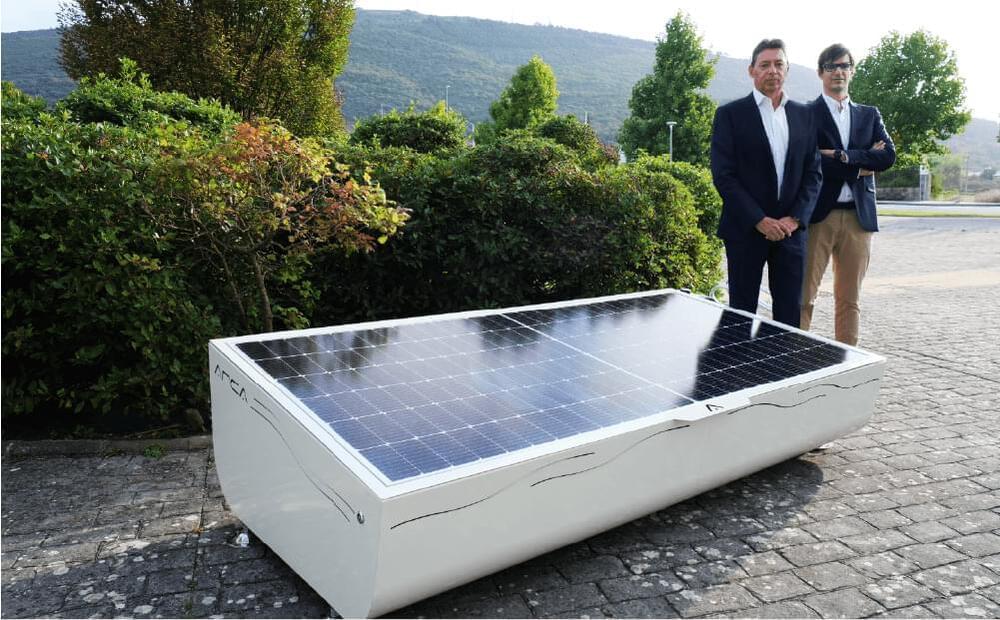
Developed in Spain, the Arca system integrates solar panels, power electronics, and energy storage. Arca Lite has a rated power of 490 Wp, and Arca Plus of 980 Wp.
From pv magazine Latam
The Spanish companies Solartia and IED — experts in energy and electronics, respectively — have launched Arca, an autonomous solar power generator described as a robust and low-maintenance system that aims to alleviate energy poverty.
The system integrates solar panels, power electronics, energy storage and prepayment in a compact, robust and simple way, which allows it to be able to supply energy permanently anywhere in the world, according to the manufacturer. The solution is also designed to be installed in any location without qualified personnel.
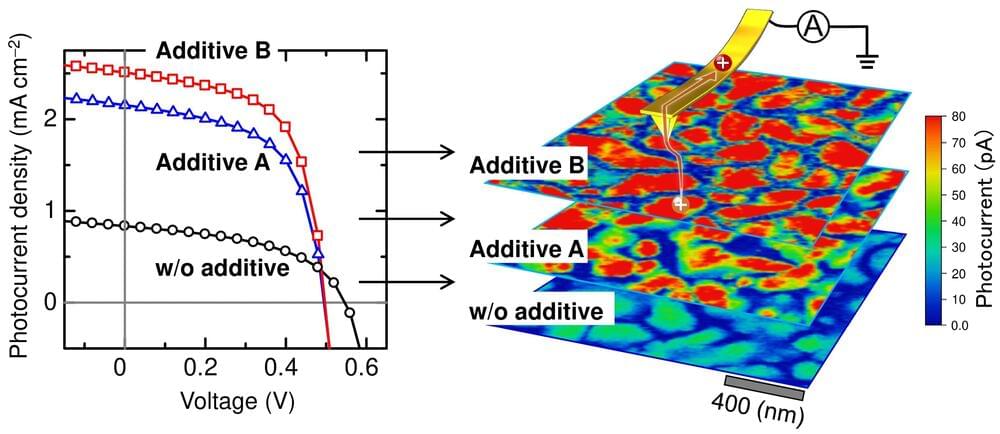
All-polymer blend solar cells are expected to play an important role in the transition to clean energy technologies because they can be easily produced in large-scale flexible sheets. However, their performance has lagged behind that of more traditional silicon alternatives, as well as other organic solar cells.
All-polymer blend solar cells are formed by combining two polymer solutions that solidify into a film on an electrode with in the form of interpenetrating networks, a kind of “phase-separation.” The introduction of solvent additives to the polymer solution has been shown to increase the efficiency of all-polymer blend solar cells. However, the exact process underlying this improvement has not been fully understood. Now, in a study recently published in ACS Applied Polymer Materials, researchers from Nara Institute of Science and Technology have investigated the performance enhancement mechanism using photoconductive atomic force microscopy (PC-AFM). Their findings are expected to help accelerate the widespread application of polymer-based solar cells.
“The empirical nature of solvent additive-mediated efficiency enhancement has hindered the optimization of all-polymer blend solar cell performance, so there has been an urgent need for a greater understanding of the process,” explains senior author Hiroaki Benten. “To that end, we used PC-AFM to interrogate the nanoarchitecture that underpins the performance enhancement.”
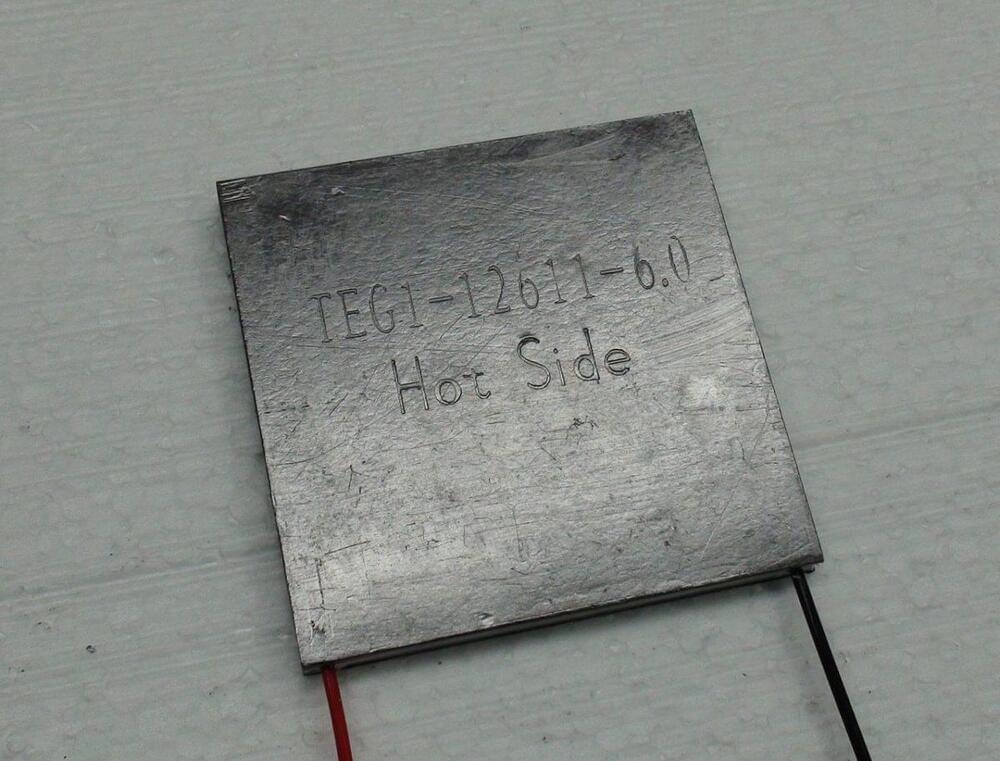
The RVFL was used in combination with four different techniques: the Jellyfish Search Algorithm (JFSA); the Artificial Ecosystem-based Optimization (AEO); the Manta Ray Foraging Optimization (MRFO) model; and the Sine Cosine Algorithm (SCA). Through the four models, the academics assessed the PV-fed current, the cooling power, the average air chamber temperature, and the coefficient of performance (COP) of a PV-powered STEACS for air conditioning of a 1m3 test chamber under diversified cooling loads varying from 65 to 260W.
The system was built with six solar panels, an air duct system, four batteries, a charge controller, TECs, an inverter, heat sinks, a test chamber, and condenser fans. “The TECs were mainly connected with the air duct arrangement and placed close to each other [and] were placed between the air duct and heat sinks,” the researchers explained. “When direct PV current was fed to TECs arranged on the sheet of the air duct system, one face [became] cold, defined as a cold air duct, and another side [became] hot, called “hot air.” The air ducts were composed of an acrylic enclosure wrapped with a protection sheet.”

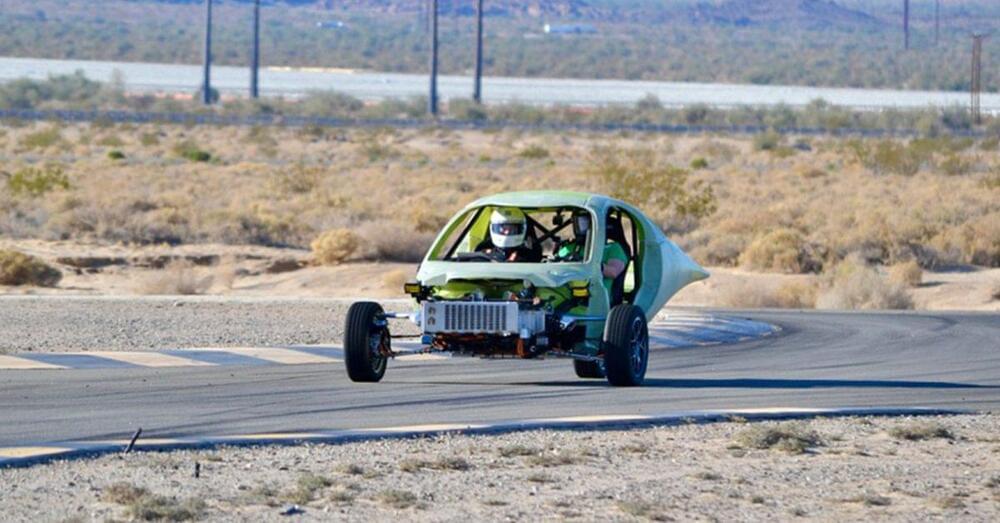
Solar Electric Vehicle (SEV) startup Aptera Motors, recently shared test footage of the beta version of its upcoming SEV. The SEV prototype was seen on a test track alongside the three alpha versions already unveiled by Aptera. The beta version represents Aptera’s last phase before pre-production and deliveries later this year.
Aptera Motors is a mobility startup based in San Diego, California, that specializes in solar electric vehicles (SEVs). Since this is the second iteration of the company intending to bring its flagship SEV to market, it has been a story we at Electrek have been following for quite some time.
After unveiling its new SEV in late 2020 with the same monicker as the company, Aptera Motors has been quite prudent in keeping the public and its growing list of reservation holders in the know about its progress.